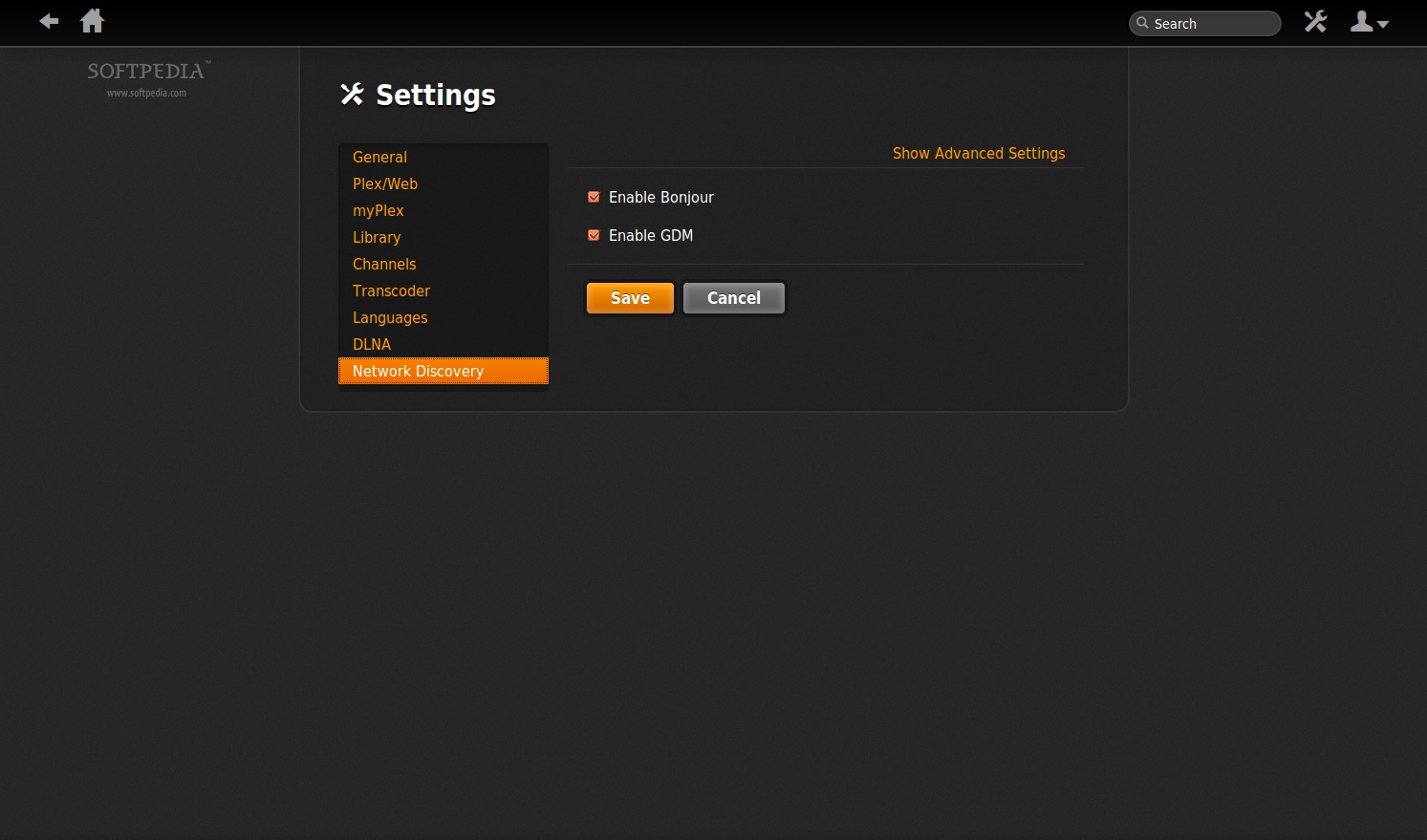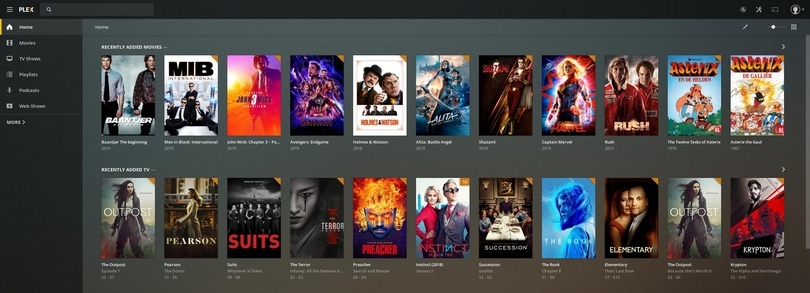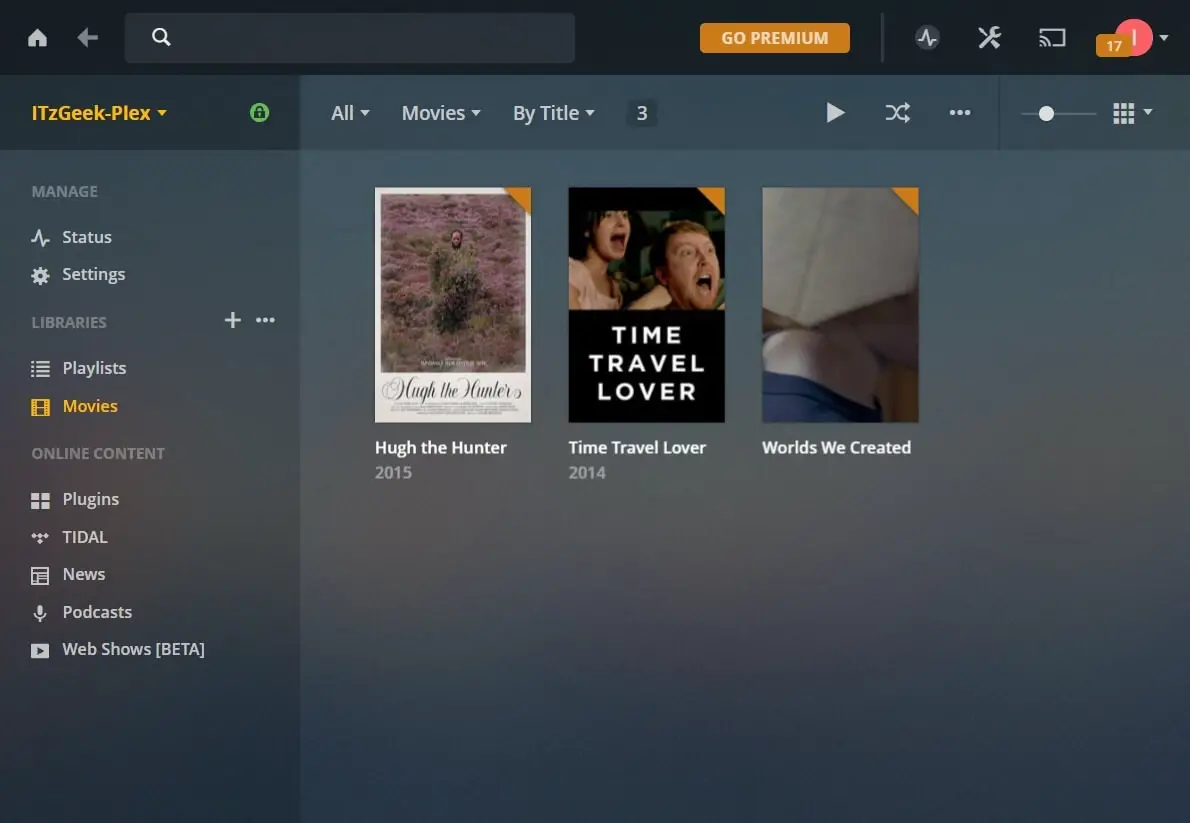

Towards the bottom of ‘ Settings’ > ‘ Web’ > ‘ General’, you will see a dropdown labeled “ Allow Fallback To Insecure Connections” Select ‘ Always’ from the dropdown and press the ‘ Save’ buttonĭon’t hesitate to open a support thread asking for help, a friendly member or myself may be available to walk you through the process. This step is not necessary in most cases and only needs to be set as a final attempt. Where Quickbox-Dev would be the name you gave your server If all has been done properly, you should see the following:

If you have done everything correctly, your tunnel is now connected to your server from your local computer.Ĭheck your Seedbox’s Plex Media Server for your new Connection Keep the port set to 32400 and press the ‘ APPLY’ button. Now click the checkbox labeled “ Manually specify public port”. If this is the case, Navigate to ‘ Settings’ > ‘ Server’ > ‘ Remote Access’ and be sure to sign in if you haven’t already. You may see that Remote Access is disabled. You will probably see a message informing you to claim the server after you login:Īdditionnel notes : maybe you need to connect / disconnect repeatedly from the server before the claim is authorized. In some cases, it is reported that some still have issues connecting… if this is you then do the following: Now you can access your media libraries from all of your devices at YOUR_SERVER_IP:32400.

Port forwarding via SSH (SSH tunneling) creates a secure connection between a local computer and a remote machine through which services can be relayed.

This is where it is time to set a simple SSH Tunnel. The ProblemĪfter installing, you login to your fresh new Plex only to find that your pre-existing Home Media Server is there, but your new Seedbox Plex Server is not listed (Drats!)… This can be frustrating but is an easy remedy with a little bit of work. So, you have installed Plex and logged in via and found that it is not reading your seedbox’s Plex Media Server.


 0 kommentar(er)
0 kommentar(er)
